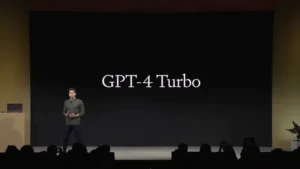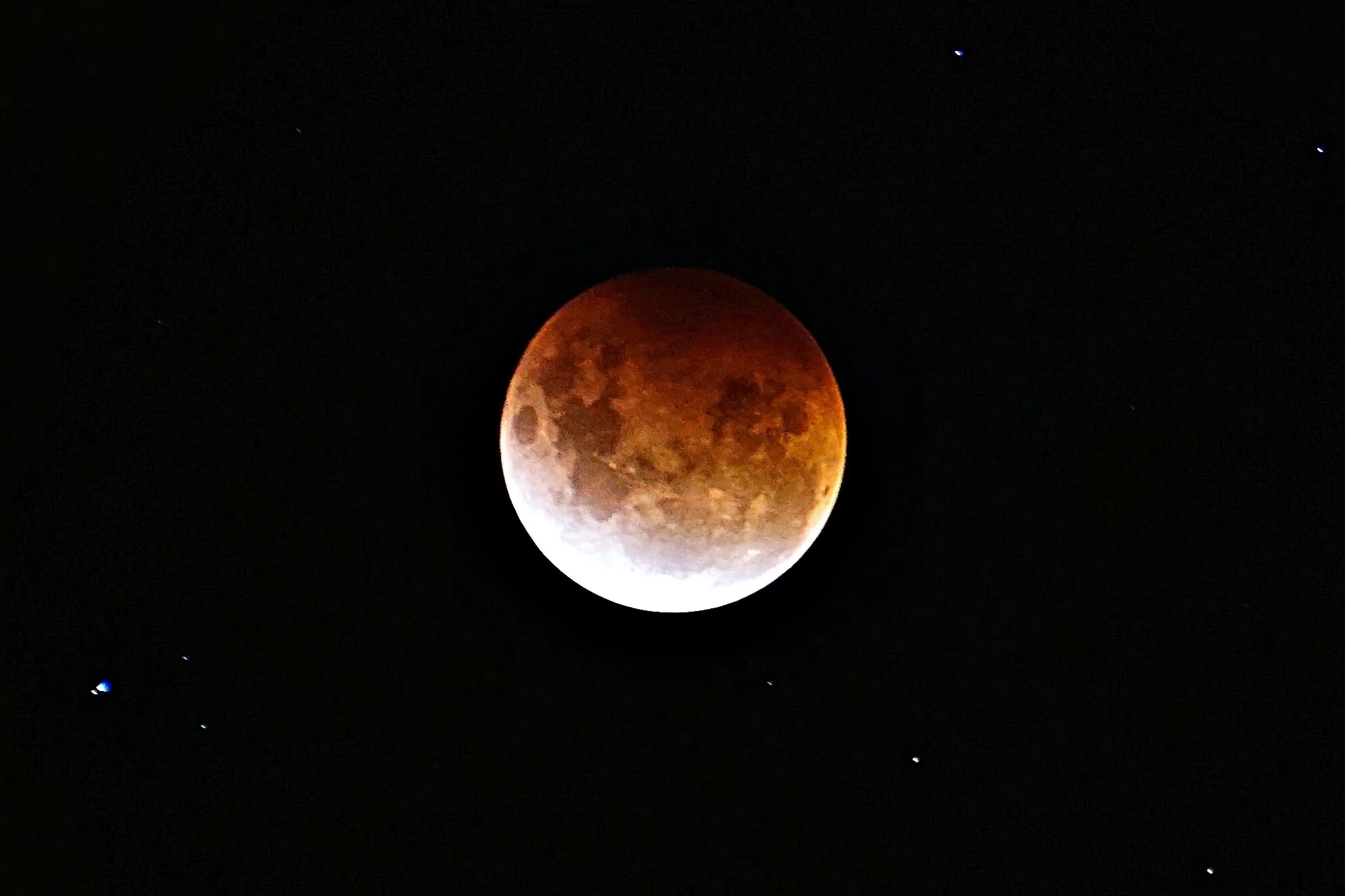
Have you ever witnessed the breathtaking beauty of a lunar eclipse? If not, you’re in for a treat! It is a truly breathtaking celestial event, and if you’re lucky enough to see one in person, you’ll never forget it.
So, this episode will explore the science behind lunar eclipses, discuss how to safely observe them, share some of the best places to watch, and provide tips for photographing lunar eclipses.
Table of Contents
The Science Behind Lunar Eclipses
Now, let’s delve into the science behind lunar eclipses. A lunar eclipse occurs when the Earth moves between the Sun and the Moon, casting its shadow upon the Moon’s surface. This cosmic spectacle can only happen when the Sun, Earth, and Moon align perfectly. There are three main types of lunar eclipses: total, partial, and penumbral.
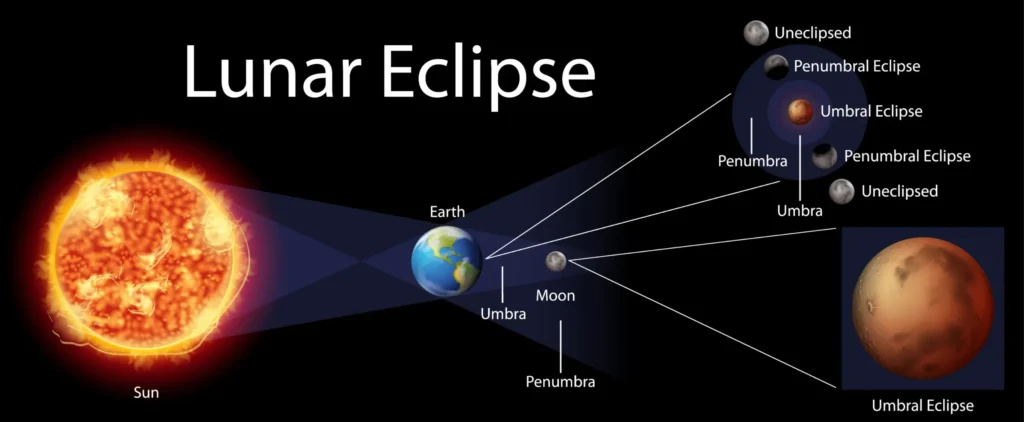
Types of Lunar Eclipses
Total Lunar Eclipses: Total lunar eclipses are the most dramatic. During these events, the entire Moon is enveloped by the Earth’s shadow, often taking on a mesmerizing reddish hue due to sunlight being scattered by our planet’s atmosphere.
Partial Lunar Eclipses: Partial lunar eclipses happen when only a portion of the Moon is covered by the Earth’s shadow.
Penumbral Lunar Eclipses: Penumbral lunar eclipses are the least dramatic, with the Moon passing through the Earth’s penumbra, resulting in a subtle dimming effect.
How to Safely Observe a Lunar Eclipse
While lunar eclipses are a mesmerizing celestial event, safety should always be a top priority. Follow these crucial precautions to ensure a safe and enjoyable eclipse experience:
Safety Precautions
Never Stare at the Sun: This golden rule cannot be emphasized enough. The Sun’s brilliance remains even during an eclipse, and direct eye contact can result in permanent damage to your vision. Always avoid looking at the Sun, whether during an eclipse or any other time.
Even though lunar eclipses occur at night, the Sun is still shining brightly in the sky. The Earth is simply casting its shadow on the Moon, blocking some or all of the sunlight. However, staring directly at the Sun, even during an eclipse, can cause permanent damage to your eyes. This is because the Sun’s light contains harmful ultraviolet and infrared rays that can burn your retina.
Use Solar Filters: If you’re keen on observing the eclipse through binoculars or a telescope, make sure you’ve attached a solar filter. These filters act as a shield against the Sun’s harmful ultraviolet and infrared rays. Never underestimate the Sun’s intensity, and protect your eyes with the right equipment.
Optimal Viewing
Dark Locations: Seek out a dark location away from urban light pollution. The darker the skies, the more vivid your lunar eclipse experience will be. Unobstructed views of the Moon sliding into Earth’s shadow create a surreal and unforgettable scene.
Patience: Lunar eclipses are unhurried events that unfold over several hours. Once the Earth’s shadow begins its journey across the Moon, it can take some time to witness the full transition. So, be patient, and allow yourself to savor every moment of this cosmic show. Set up your viewing area with comfort in mind, have some snacks on hand, and perhaps a blanket or reclining chair for added relaxation.
The Best Places to Watch a Lunar Eclipse
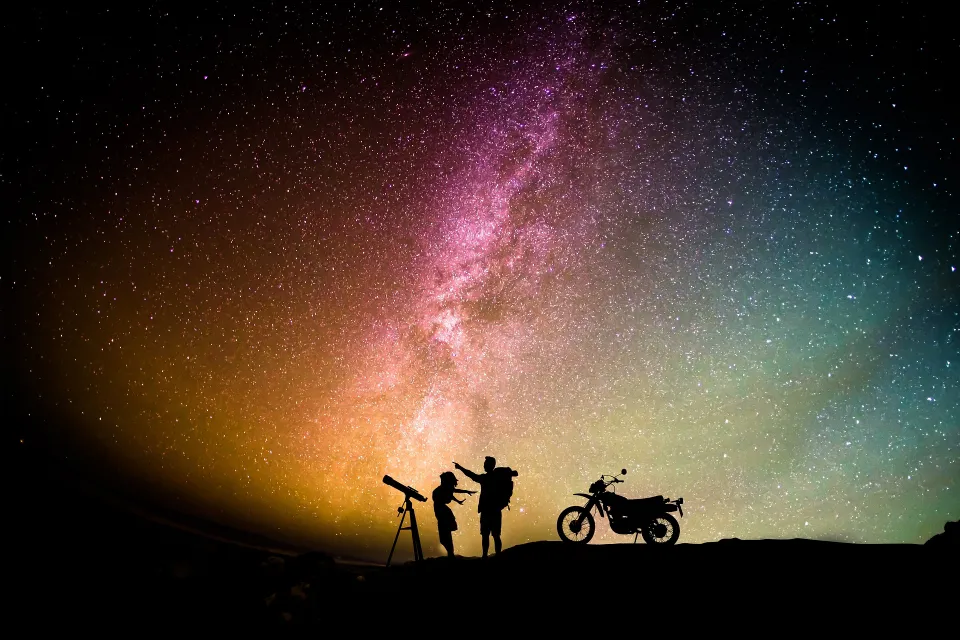
If you’re looking for the best places to watch a lunar eclipse, consider the following factors:
Light pollution: The less light pollution there is, the better you’ll be able to see the eclipse.
Elevation: The higher your elevation, the less atmosphere there will be between you and the eclipse.
Clear skies: Of course, you’ll need clear skies to be able to see the eclipse.
Here are some of the best places in the world to watch a lunar eclipse:
- Death Valley National Park, California, USA
- Mauna Kea Observatories, Hawaii, USA
- Atacama Desert, Chile
- Namib Desert, Namibia
- Iceland
Tips for Photographing a Lunar Eclipse
If you’re planning to photograph a lunar eclipse, you’ll need the right equipment. A tripod is essential for keeping your camera steady. You’ll also need a remote shutter release to avoid camera shake.
Camera settings for photographing a lunar eclipse:
- Aperture: A wide aperture (f/2.8 or lower) will let in more light. This is especially important if you’re photographing a partial or penumbral lunar eclipse.
- Shutter speed: A fast shutter speed (1/125th of a second or faster) will freeze the Moon’s motion.
- ISO: A higher ISO will make your camera more sensitive to light. This can be helpful if you’re photographing in low-light conditions.
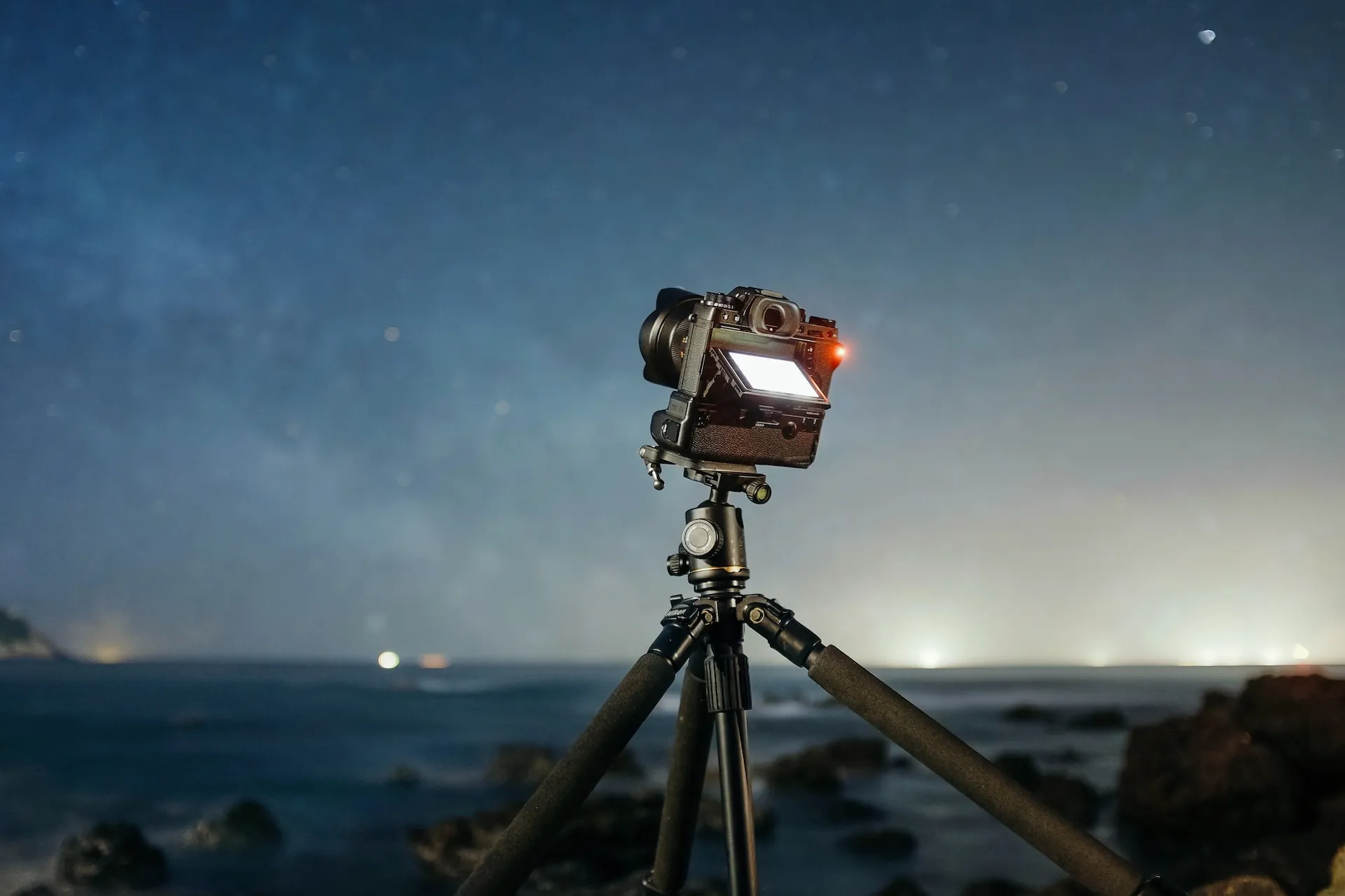
Tips for capturing the best lunar eclipse photos
- Use a tripod: A tripod will keep your camera steady and prevent blurry photos.
- Use a remote shutter release: A remote shutter release will avoid camera shake.
- Experiment with different settings: Try different aperture, shutter speed, and ISO settings to see what works best for you.
- Be patient: It may take some time to get the perfect photo.
Conclusion
Lunar eclipses are a truly awe-inspiring sight to behold. They’re a reminder of the beauty and wonder of the universe, and they’re a great opportunity to learn more about astronomy.
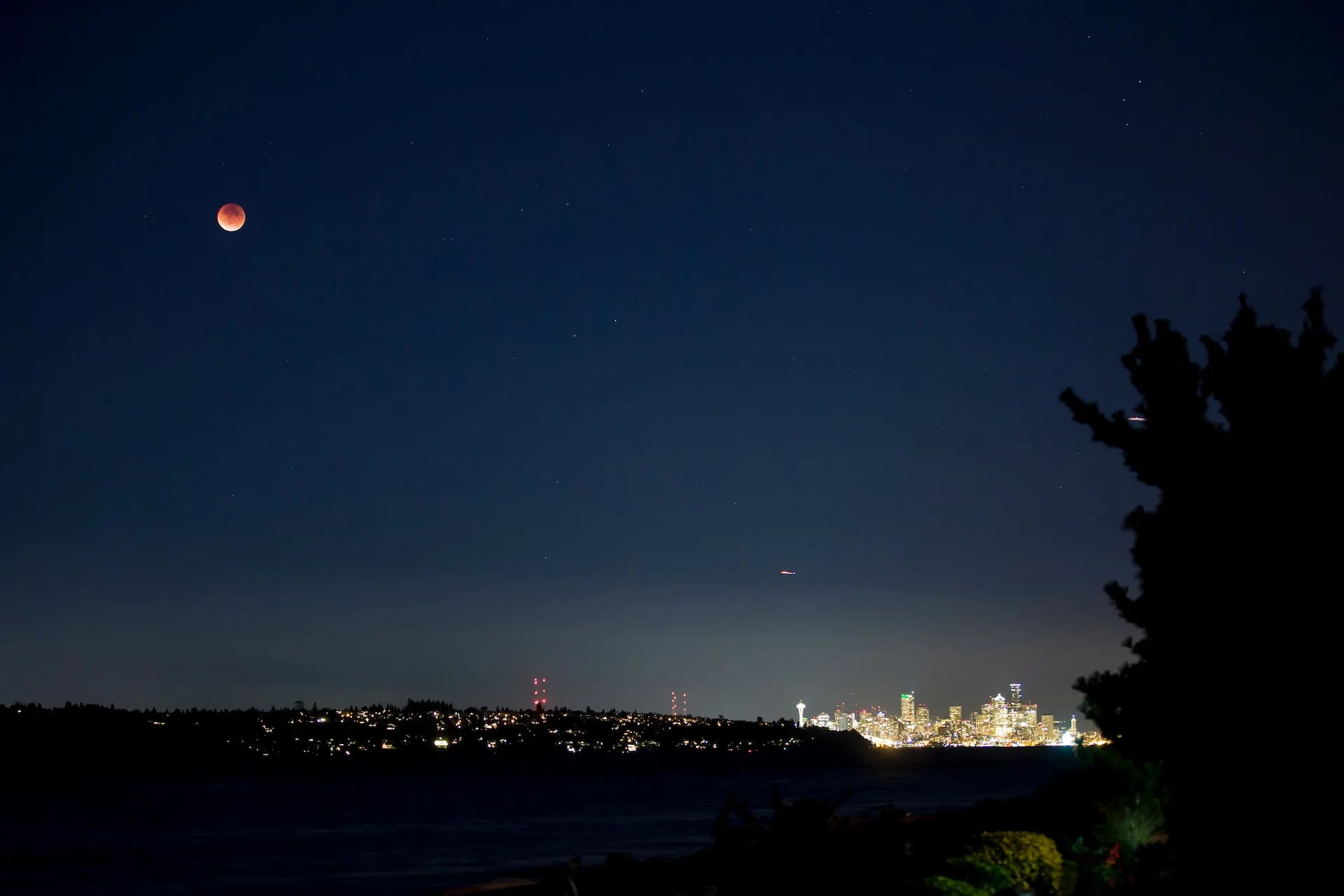
If you’re lucky enough to witness a lunar eclipse, be sure to enjoy the experience to the fullest. And remember, safety is always paramount. Take the necessary precautions to protect your eyes and enjoy the show!








